The current food system doesn’t work. Industrial farming has turned agriculture into a substantial source of greenhouse gas emissions and pollution, and is driving biodiversity loss. In 2019, 15 city governments set out to change that. Three years on, this is what they have learnt.
The industrial food system is past its sell-by date. From monocrops and the vanishing of the bees, to unchecked palm oil expansion and cow burps, industrial farming has come under increasing scrutiny in recent years, and has been found wanting.
Although it has managed largely to meet the demands of a growing global population by making great strides in productivity, this efficiency-oriented approach to food production has major side-effects, including climate change, biodiversity loss, pollution, waste generation, and human health implications from pesticide exposure to obesity. What’s more, a third of all food never even makes it to the plate.
We need a new model that feeds the world healthy food and supports farmers while allowing nature to thrive; we need a circular economycircular economyA systems solution framework that tackles global challenges like climate change, biodiversity loss, waste, and pollution. It is based on three principles, driven by design: eliminate waste and pollution, circulate products and materials (at their highest value), and regenerate nature. for food. That means shifting to a system in which food production regenerates nature, and where food is grown locally where appropriate. It means making the most of food, eliminating food waste, and designing and marketing healthier food products – leveraging lower-impact, upcycled, and diverse ingredient types.
Given that 80% of all food will be consumed in cities by 2050, and around 40% of cropland is peri-urban areas, cities are critically important in sparking the shift towards a system fit for the long term. City governments have significant purchasing power which can be leveraged to nudge food systems in the right direction. They have the authority to convene value-chain actors, alongside the policy levers to effect change. Citizens, retailers, and service providers are in close proximity, making new types of business models possible, from rooftop hydroponic farms to menu design using last minute surpluses, and organic waste reuse for livestock feed.
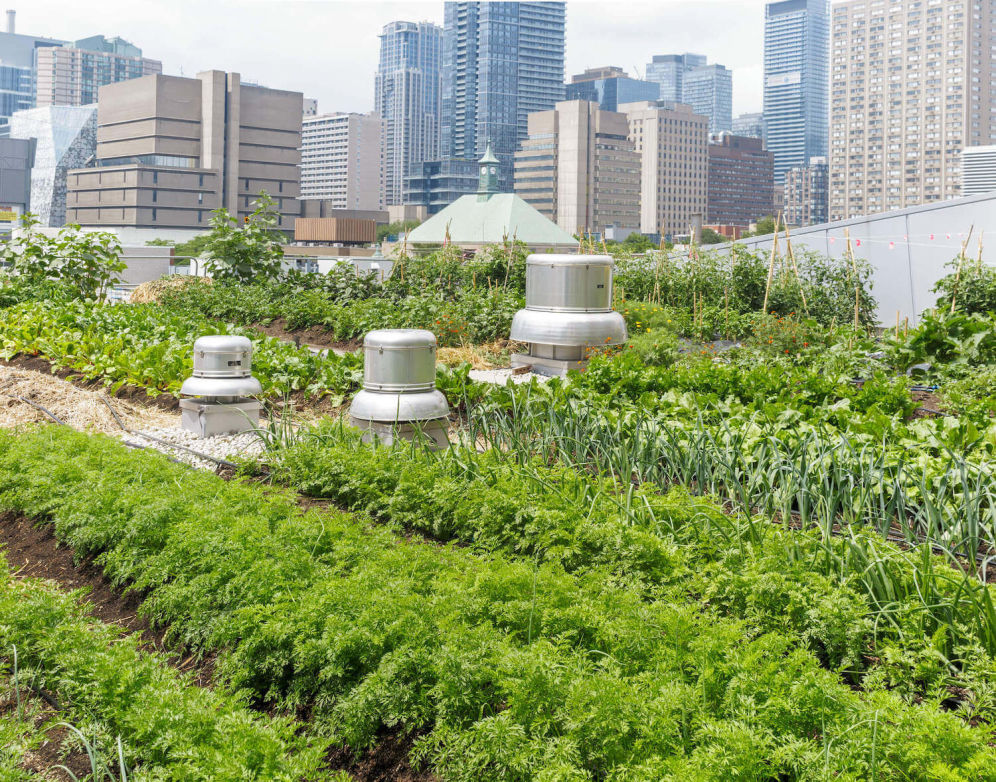
For these and other reasons, cities are uniquely positioned to catalyse a wider shift to a circular economy. They are drivers of change.
Three years ago, the Ellen MacArthur Foundation began work with 15 city governments to mobilise progress towards a circular economy for food, and demonstrate a circular food system in action. Each city has taken a unique approach tailored to its own specific context – vital for success – but broad lessons can be observed that make it easier for any conurbation to get started.
1. Begin by mapping the system
To change a system, you have to trace problems back to their roots. Zooming out to assess the full system allows decision makers to do just that, and defines the challenge you’re trying to address. Starting with this clarification helps to identify the intervention points that could have the biggest impact, and can find committed stakeholders who can drive change.
Pursuing this approach, London found that 11% of its consumption-based emissions derived from food. Consumption behaviours within the city shape and drive those emissions, underlining the potential of food flows to mitigate greenhouse gas emissions. As a result, the city was able to create more informed, upstream policies targeting production and consumption, as well as the more intuitive problem of waste collection and recycling. This included working directly with food businesses and institutions in the city on adopting common targets and initiating a pan-London awareness campaign. The research found that London’s net benefits from a circular food economy could add GBP 2-4 billion annually to GDP by 2036.
The City of Toronto explored the current state of circularity in the city, which included mapping material flows for three key sectors. The City's food system was identified as a priority sector for future circular innovation, and modelling suggests that Toronto's total food-related carbon footprint could be as high as 14.4 million tCO2e per year. These efforts identified opportunities for transitioning to a circular economy as part of Toronto's efforts to move towards zero waste, which could include prioritising local food sourcing, improving access to green spaces for growing, maximising food manufacturer’s access to food rescue programmes to boost edible food donations, and diverting organic waste. The next step will be to develop a Circular Economy Road Map to turn the study's insights into actions to realise Toronto's full circular potential.

A snapshot of the system can also be a useful tool in developing cohesive action within city governments. In addition to the network of external stakeholders involved in a food system, food can span a series of departments, from public health to education, waste and green infrastructure, which may be working in silos and competing for funds. As it touches on several different policy areas, friction and contradiction can emerge. Approaching change through a holistic, systemic lens – consulting all stakeholders and departments to co-create a plan – can ensure that policies are coordinated, collaborative and coherent from the outset.
In turn, a baseline view will allow those same teams to track progress and continuously adapt strategies for maximum impact.
The biggest challenge in mapping the system is often in finding and accessing data. ReLondon’s Food Lead, Jean Billant, who was part of the mapping project, reminds data analysts that the picture does not have to be 100% precise. “It will never be perfect, and it’s ok to start with incremental steps. Have in mind what you are trying to find out. What’s important is what it helps you to do.”
2. Develop infrastructure, awareness, and digital tools to reduce food waste
A circular economy prevents food waste. In it, by-products of the food system that are edible are used as ingredients, surplus edible food is redistributed to people who need it, and inedible by-products and waste from the system is used as inputs for new products.
As the place where most food ends up, cities accumulate large volumes of valuable food by-products and waste. But they also have the scale needed to develop ways of using and redistributing surplus edible food, while turning the remaining inedible by-products into new products, ranging from new ingredients and organic fertilisers for regenerative peri-urban farming to biomaterials, medicine, and bioenergy.
It is a common and accessible starting point for many municipalities.

Kyoto’s city government, along with many other city governments, set a 50% reduction target for food loss and waste by 2030 in line with SDG targets, and engaged businesses and customers to cut waste. Initiatives that have driven waste reductions include awareness campaigns and a recipe scheme in conjunction with a major local condiments manufacturer (Mizkan), encouraging customers to buy and use food close to its expiry date. This collaboration alone reduced food waste by 41,000 tonnes.
In Portugal, authorities turned to technology. As part of its City Loops programme (a broader project among seven European Cities to close material loops), Porto prioritised improving its bio-waste collection systems while facilitating reusereuseThe repeated use of a product or component for its intended purpose without significant modification. and community compostingcompostingMicrobial breakdown of organic matter in the presence of oxygen.. Among other strategies, authorities have supplied sensor-enabled smart bins for organic waste that collect information on the quantity of waste collected along with data on usage patterns and real-time location. This usage data is helping to optimise collection, and redirect 7,000 tons of organic waste a year. Meanwhile Lisbon set up an app to identify quantities and types of food waste in the city, redistributing food where possible and diverting remaining waste from incineration. Data collected through the app will be used to encourage both the reduction of food waste and better separation of bio-waste.
New York City focused on digital tools too, launching a dedicated Food Portal under its donateNYC app. An algorithm on the free-to-use website and app matches donors of spare food – of any quantity – to organisations, based on distance, needs and capacity. In the first year, the portal diverted nearly 80 tons of food from landfill, equivalent to eight full garbage trucks.
Milan used fiscal incentives. Food businesses donating their food surplus to charities reduced their tax burden by 20% for the first year. This, together with its Food Waste Hubs, which recover food from supermarkets and company canteens and distribute it to needy citizens via NGOs, has succeeded in saving 130 tonnes of food from waste, the equivalent of 260,000 meals.
3. Provide funds that propel innovation
Cities are hubs of activity, and vital centres of innovation, research, and learning. They are well placed to help pioneer solutions for systems change. Instigating strategies that spur innovation can inexpensively uncover tailor-made and sometimes disruptive solutions for a local system, foster entrepreneurship and lead to business growth.
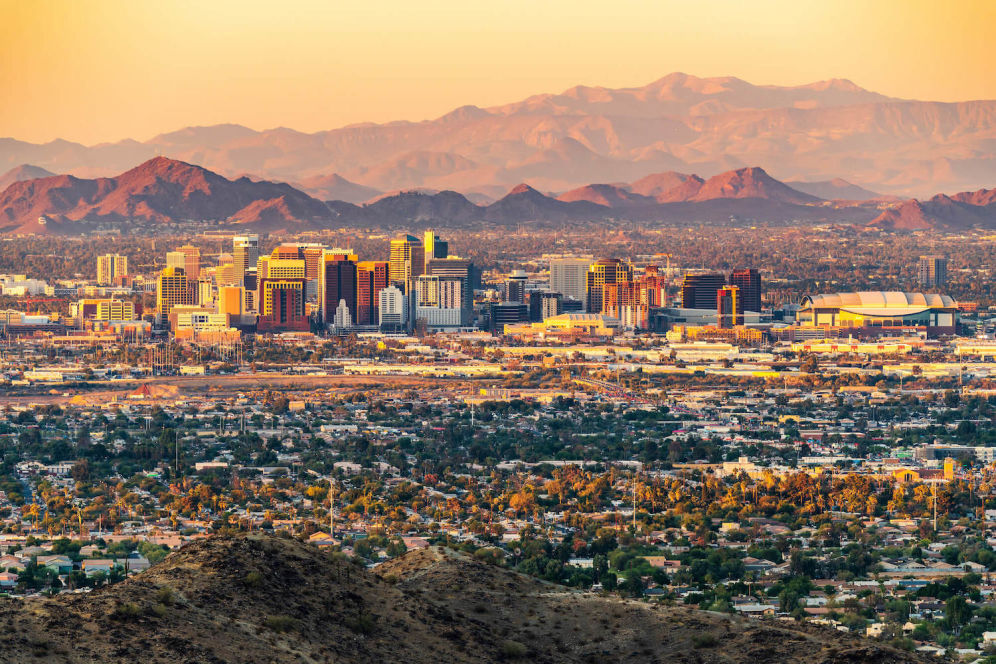
In Phoenix, the city awarded a series of innovation grants to projects advancing the ‘sustainable food system’, which it defines as eliminating food deserts, increasing urban agriculture, establishing access to healthy and culturally appropriate food, and boosting agricultural resilience. Public seed funding for projects such as vertical urban farming and solar-powered microfarms will increase local food production and employment, as well as access to healthy food.
Joseph Rossell, Food Systems Program Manager in the City of Phoenix says tailoring grants to local needs is key: “You’ve got to get out there and talk to the people who are growing food, processing food, distributing it.” Once those needs have been identified, a nimble approach encourages the best and most diverse response: “We tried to make it easy for people to apply, kept it open to any kind of project within the food system, and made the evaluation process as quick and painless as possible.”
Innovation was a key pillar of Canadian city Guelph-Wellington’s ‘Our Food Future’ programme, and aimed to create 50 new circular businesses and collaborations. The cities’ Circular Opportunity Innovation Launchpad (COIL) was set up to create, prove and scale solutions to tackle complex food challenges by providing support, seed funding and networking opportunities, bringing together food experts and entrepreneurs. Between 2020 and 2021, 181 businesses established or expanded their circular practices. Having successfully nurtured innovation in the food system, the COIL lab’s focus has expanded to include the construction sector, as well as streams such as textiles, plastics and electronics to find solutions that can be shared and scaled across the country.
4. Leveraging cities’ unique buying power can accelerate progress…
The Big Food Redesign study revealed that fast-moving consumer goods companies (FMCGs) and retailers have substantial influence on the global food system. Given their scale and influence, they have the power to make nature-positive food mainstream through evolving their ingredient selection and sourcing decisions, guided by circular economy principles.
In a similar way, city-level school, hospital and prison meal procurement can have a disproportionate impact on urban food systems. City governments have a large purchasing power which gives them the ability to create demand and shift the market to new ways of providing goods and services. In Europe, public procurement makes up 14% of GDP (EUR 2 trillion annually), while in developing countries it is around 30%.
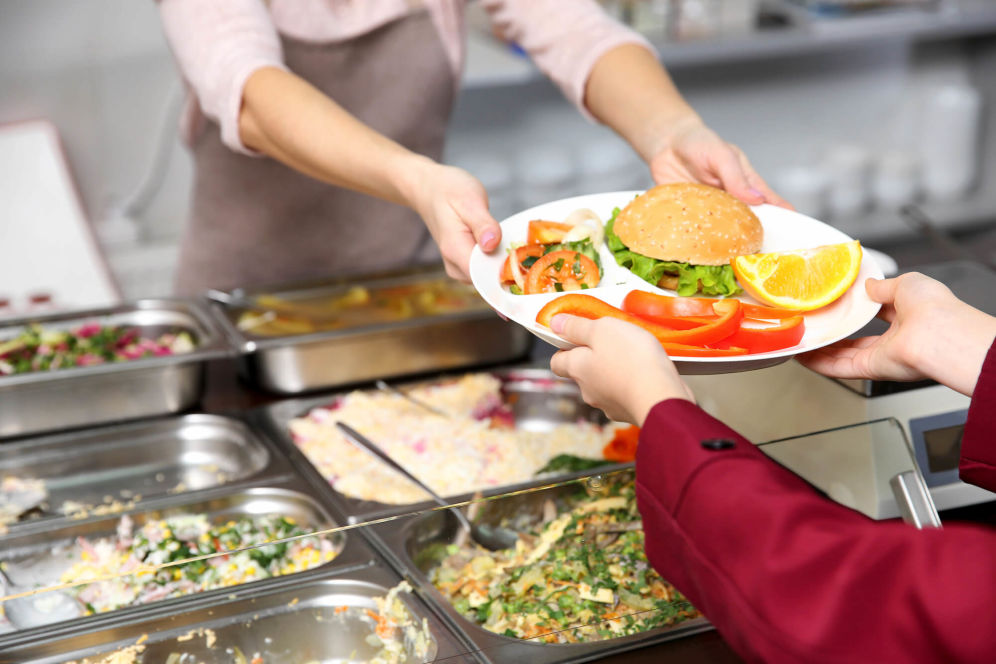
Not only can interventions at school level directly and quickly impact food flows, nature-positive menu choices are affordable and can embed healthier eating habits in young people, improving their health and creating eating habits that perpetuate the shift.
Using this awareness, Torres Vedras has mapped its local food production in detail. Knowing precisely what is being grown, and what is in season enables procurement of fresh, packaging-free produce, which the municipality purchases exclusively from local suppliers. Short supply chains minimise food’s carbon footprint while supporting local agriculture.
Milan works with a consortium of 31 local farms to prioritise the procurement of locally sourced food. As a result, all the rice served in Milan’s school canteens is entirely produced within a short distance of the city boundary. Similar supply chains have been set up for other produce, supporting local agriculture while scything transportation needs. Identifying opportunities in meal planning and procurement has seen the city cut the GHG emissions from its school meals by 20% in five years.
5. …especially towards food production that has regenerative outcomes
Growing food in ways that bring about regenerative outcomes for nature means using practices that contribute to the creation of healthy and stable soils, improved local biodiversity, improved air and water quality. It is implemented through practices tailored to local contexts such as using diverse crop varieties and cover crops, rotational grazing, and agroforestry (growing trees around or among crops or pasture). The result is agricultural land that more closely resembles natural ecosystems like forest and native grassland, providing habitat for a wide range of organisms.
By deploying their substantial buying power, cities can support the shift to this form of farming, especially in the peri-urban area within 20km of the city boundary. São Paulo has successfully nurtured this form of agriculture in its peri-urban zone by buying produce from such farmers at 30% above market value to incentivise the transition. In addition, farmers under the Connect the Dots scheme have digital access to technical assistance, training and equipment, as well as a route to the road and warehouse infrastructure that allows them to sell into the city. Of the 160 farms initially involved in the project, around half have fully transitioned to regenerative farming.
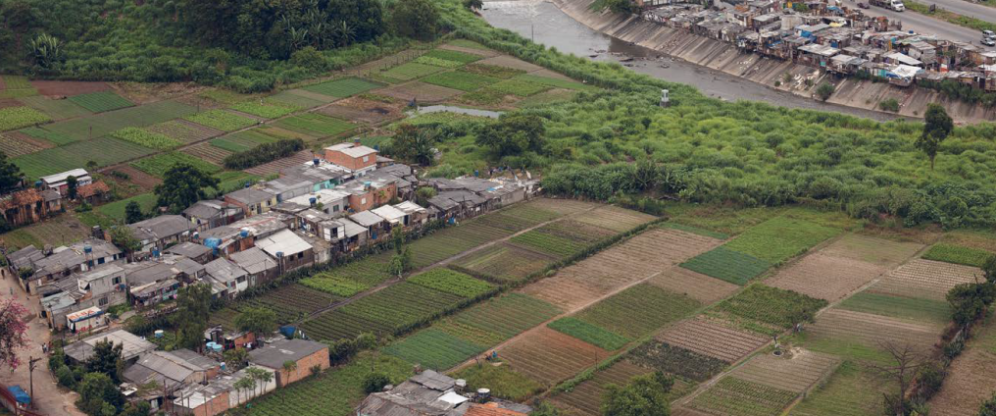
Taking a different approach, Guelph-Wellington recognised that regenerative farming will struggle to gain traction at pace without a clear, measurable view of the carbon benefits. While it is easy to measure food waste reductions and translate into corresponding CO2e savings, the advantages of regenerative farming are less tangible, hindering investment and progress. To overcome this, the city is developing an assessment framework and rating system. This will support food producers to evolve towards regenerative agriculture without risk, allow investors to match agricultural practices with results-orientated funding, and ultimately incentivise the strongest innovative practices.
These efforts are valuable, particularly when it comes to recognising regional particularities in what it means to produce food in a way that is regenerative, and an important step in the evolution of metrics. However, the biggest benefits will be reaped by uniting these city-focused initiatives with regional and global metrics that provide a holistic way to measure overall progress.
6. Transformation can’t be driven by cities alone
Cities have made a strong start. Municipalities working towards circular food systems recognise its potential for emission reductions, and see collaborative, upstream efforts as a cost effective solution for tackling multiple challenges, including climate change, biodiversity loss, employment and poverty.
But cities can only do so much. While they are important actors, cities are part of a constellation of stakeholders. To progress towards system-level change, all actors – brands, retailers, cities, and policymakers – need to collaborate.
For example, cities can catalyse innovation – and are typically successful in doing so – but resources and finance are then needed to replicate, scale and share the most promising ideas. Fast-moving consumer goods (FMCG) manufacturers and retailers influence 40% of agricultural land in Europe. By adapting their product portfolios and designing food along circular principles, they can stimulate demand for diverse regeneratively produced ingredients.
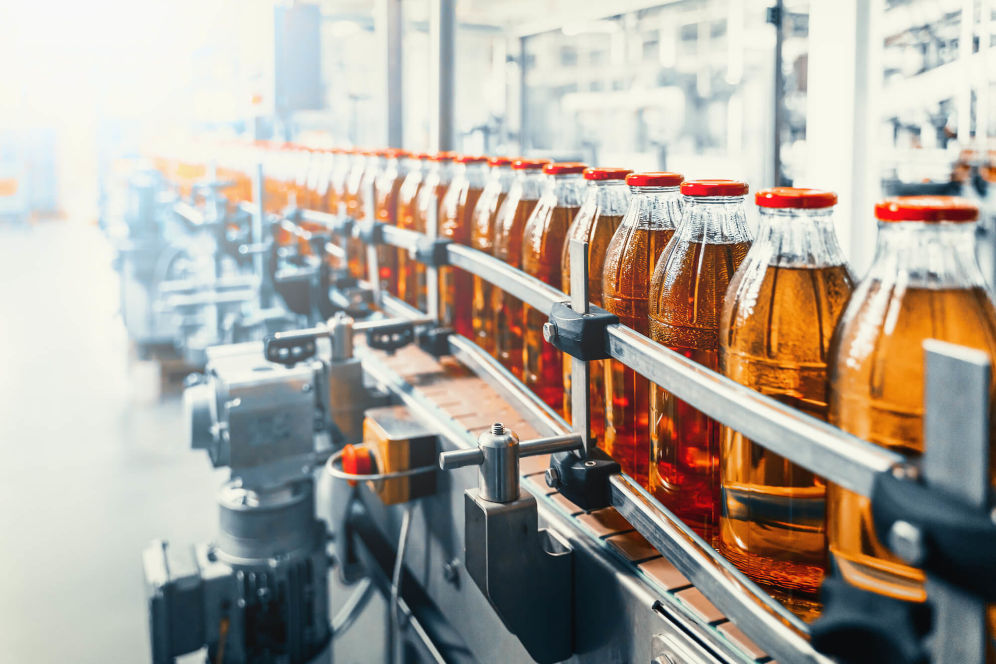
Politically, a whole-of-government approach is needed. Many of the challenges cities face in transforming food systems are because of incongruous or conflicting national policies that bar cities from doing more. Ambitious future-facing national policies have the potential to galvanise lasting change. For example, Scotland’s Good Food Nation Act sets out a framework that will ensure all future legislation that affects food aligns to a set of clear principles. In the European Union the Farm to Fork Strategy sits within The European Green Deal which is a roadmap encompassing all policy areas with the goal to achieve climate neutrality on the continent by 2050. The Farm to Fork Strategy focuses on the food system and outlines both regulatory and non-regulatory initiatives to create the transition.
Only by acting together can the food system be changed.
But the scale of the challenge should not deter municipal decision makers. “Communities should be bold and default to action,” says David Messer, Executive Director of Guelph’s Smart Cities Office; “because even modest projects inspire more action and build momentum.”
The time is ripe for an overhaul. Technology is disrupting food and agriculture, powering progress towards a more effective and equitable system. Consumer trends are asking for a healthier, more transparent, and less wasteful system. Farmers are keen to adopt new, climate-conscious solutions. Combining these with supportive policy could accelerate progress. Concentrating this work in cities could have a powerful multiplier effect.
Changing our food system to one based on the principles of the circular economy is one of the most powerful things we can do to tackle climate change and build biodiversity for a more resilient food system in the long term. Cities have the power to shape – in microcosm – a new food system that works for people and the environment, and they are proving it’s within our reach.
With thanks to the following experts and cities for their contributions:
Tansy Robertson-Fall, Senior Editor, Ellen MacArthur Foundation
Sarah O’Carroll, Cities Lead, Ellen MacArthur Foundation
Josh Newton, Europe Cities Activation Manager, Ellen MacArthur Foundation
Reniera O’Donnell, Food Initiative Lead, Ellen MacArthur Foundation
Henrietta Goddard, Research Analyst - Food Initiative, Ellen MacArthur Foundation
Michelle Tulac, Project Senior Manager - North America, Ellen MacArthur Foundation
Greater London Authority and ReLondon, Cidade de São Paulo, The City of New York Department of Sanitation, City of Toronto, Kyoto City, Câmara Municipal do Porto, Câmara Municipal de Lisboa, Câmara Municipal de Torres Vedras, Comune di Milano, City of Guelph, City of Phoenix, Glasgow Chamber of Commerce






